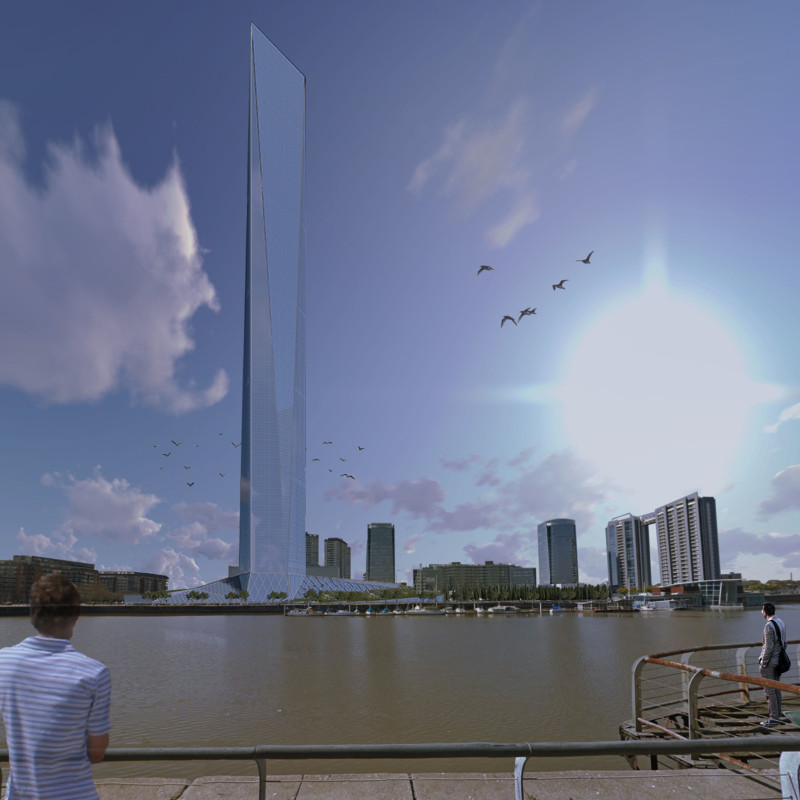5 key facts about this project
The project at hand presents an architectural design that seamlessly integrates functionality and aesthetics within its context. Located in an urban environment, this architectural endeavor serves as a multi-purpose space that facilitates [insert primary function, e.g., community engagement, education, commercial use]. The design underscores the importance of collaboration with its surroundings while emphasizing sustainability and user experience.
The design incorporates a variety of key elements that enhance its performance and significance. The façade is characterized by a robust use of materials including concrete, glass, and steel, creating a contemporary appearance while ensuring structural integrity. Large glass panels facilitate natural lighting, connecting the building's interior with the external environment. This design choice not only maximizes illumination but also fosters a sense of openness.
Spatial organization plays a crucial role in the functionality of the project. Designated areas for [insert specific functions such as communal spaces, private offices, or recreational areas] are strategically arranged to promote interaction and flow among different user groups. Zones are differentiated by varying ceiling heights and material applications, aiding in the visual and functional navigation of the spaces.
One of the standout features of the project is its innovative approach to environmental sustainability. The inclusion of a green roof system contributes to thermal performance, supports biodiversity, and promotes stormwater management. Incorporating renewable energy sources such as solar panels further enhances the project's eco-friendliness. The use of locally sourced materials reflects a commitment to sustainability and local culture, fostering an authentic sense of place within the architectural expression.
To enhance user experience, the design implements smart building technologies that optimize energy usage and user comfort. Automated systems for lighting and climate control respond to occupancy levels, ensuring efficiency while maintaining a pleasant environment for all users.
In essence, this architectural project exemplifies a thoughtful integration of function, sustainability, and contextual relevance. The combination of well-defined spaces, innovative material use, and eco-friendly technologies distinctly positions it within contemporary architectural practices.
For a more comprehensive understanding of this project, viewers are encouraged to explore the architectural plans and sections, which provide valuable insights into the underlying design principles and architectural ideas that shape this unique endeavor.


























